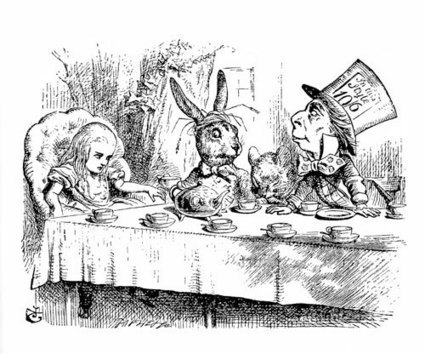by Maria Popova
"To trace the development of double function terms in children, Asch and Nerlove presented groups of kids with a collection of different objects — ice water, sugar cubes, powder puffs — and asked them to identify the ones that were cold, sweet, or soft. This, of course, they were easily able to do.
"Asch and Nerlove then asked the children, Can a person be cold? Can a person be sweet? Can a person be soft? While preschoolers understood the literal physical references, they did not understand the metaphorical psychological references. They described cold people as those not dressed warmly; hard people were those with firm muscles. One preschooler described his mother as “sweet” but only because she cooked sweet things, not because she was nice.
"Asch and Nerlove observed that only between the ages of seven and ten did children begin to understand the psychological meanings of these descriptions. Some seven- and eight-year-olds said that hard people are tough, bright people are cheerful, and crooked people do bad things. But only some of the eleven- and twelve-year-olds were able to actually describe the metaphorical link between the physical condition and the psychological state. Some nine- and ten-year-olds, for instance, were able to explain that both the sun and bright people “beamed.” Children’s metaphorical competence, it seems, is limited to basic perceptual metaphors, at least until early adolescence."



 Your new post is loading...
Your new post is loading...







